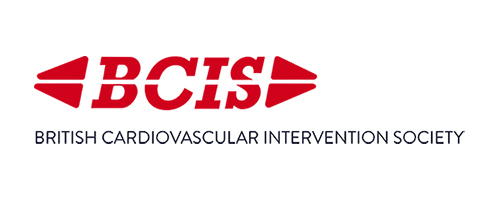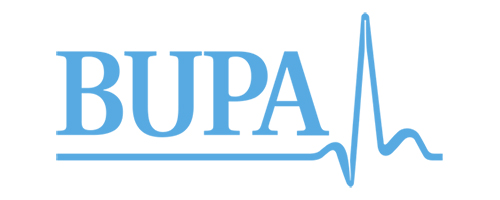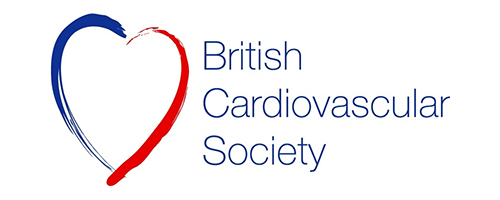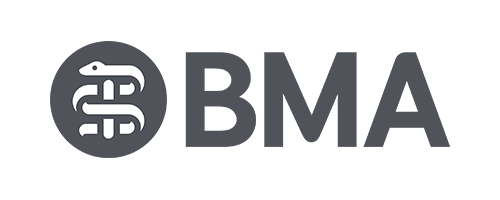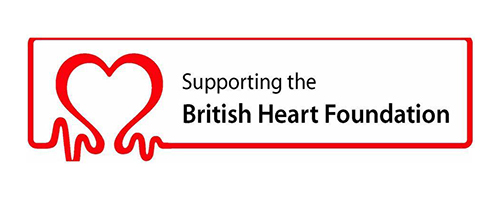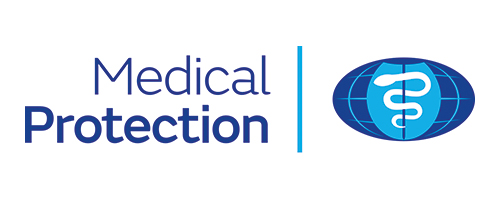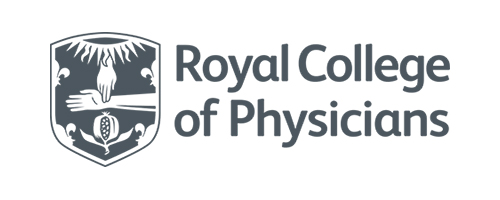The information outlined below on common conditions and treatments is provided as a guide only and it is not intended to be comprehensive. Discussion with Dr Saha is important to answer any questions that you may have. For information about any additional conditions not featured within the site, please contact us for more information.
This is an ultrasound test which allows us to see the heart muscle, the pumping chambers and the heart valves.
A probe is placed on the chest wall and an inaudible ultrasound beam passes out from the probe, reflects back from the structures within the heart and allows the cardiologist to build up an accurate image of the heart. A variety of views are taken to look at the heart structures. When these views are completed, a Doppler analysis is performed to analyse blood flow from chamber to chamber and across valves. More specialised analyses can be done looking at particular areas of the heart muscle, it’s movement and its relaxation. The whole procedure takes about 30 minutes and is non invasive.
What happens during an Echocardiogram
If an echocardiogram is requested you will be given a gown and asked to undress to the waist. Stickers or electrodes will then be attached across the chest and wires or leads will be attached to the electrodes. A probe will be placed on your chest in various positions to acquire images of the heart. Sometimes this can be a little uncomfortable but it will not be painful.You may hear Doppler sounds from the Echo machine as your heart beats. The procedure takes around 30 minutes.
What happens after
After your echocardiogram the images will be transferred to our electronic archive where a report will be written. Your specialist Consultant will discuss the results of the echocardiogram during your consultation.
Discussion with Dr Saha is important to answer any questions that you may have. For information about any additional symptoms you may be suffering from that are not featured within the site, please contact us for more information.

